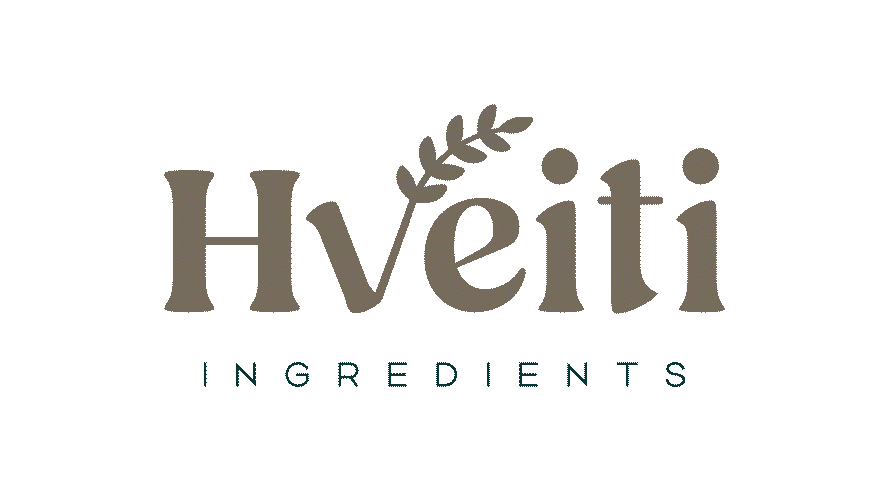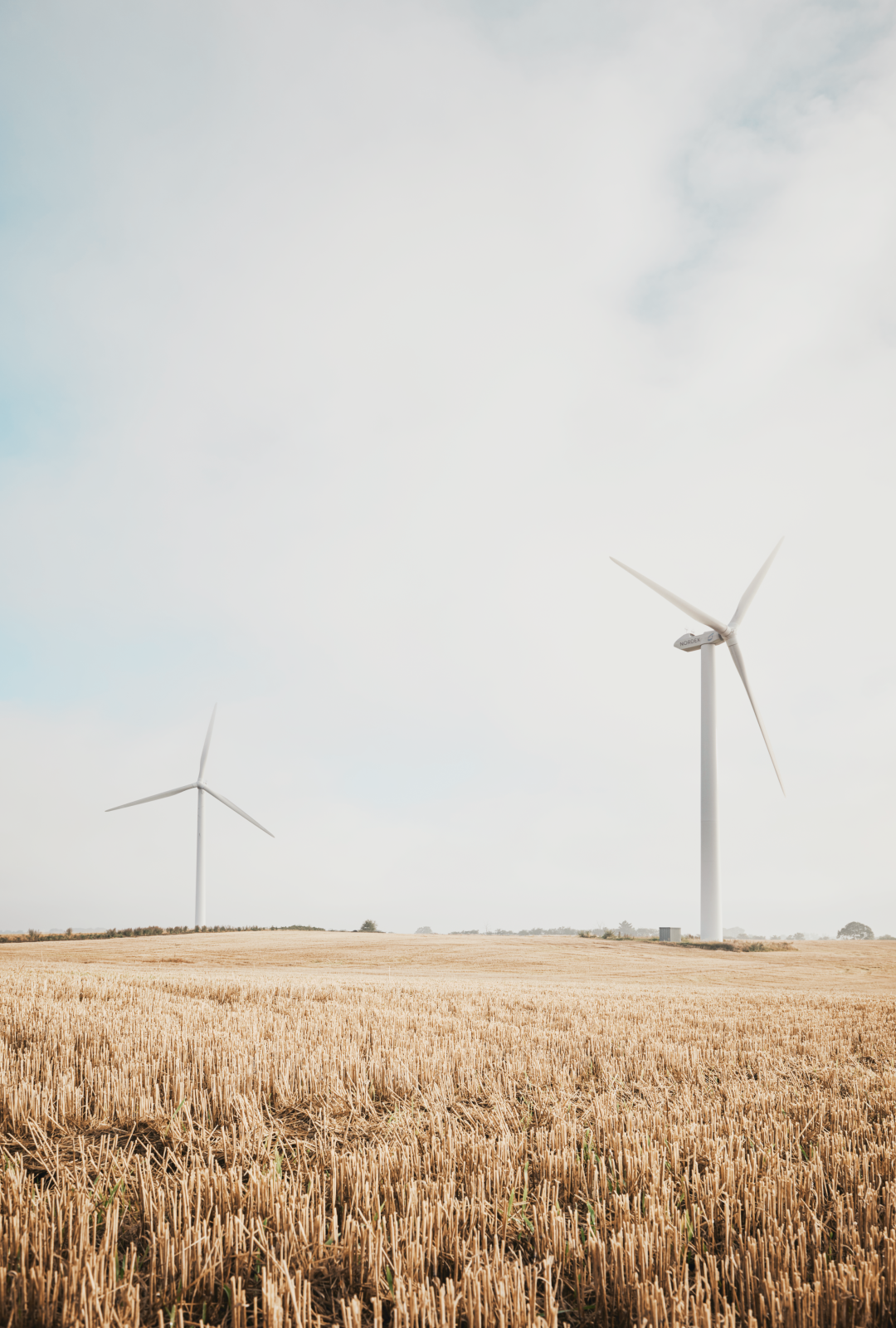
Hveiti Ingredients is establishing a wheat refinery which separates the wheat grain into the following fractions:
- Wheat bran for food and feed
- Gluten protein for supplement to baking flour or protein for fish feed
- A-starch, which is converted to glucose, used in the production of biopolymers (biomaterials) or used as growth media in the Biotech industry
- B- and C-starch, which are mixed and sold as animal feed, for example as wet feed for the pig industry


